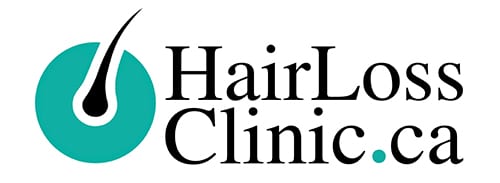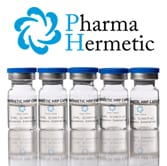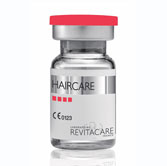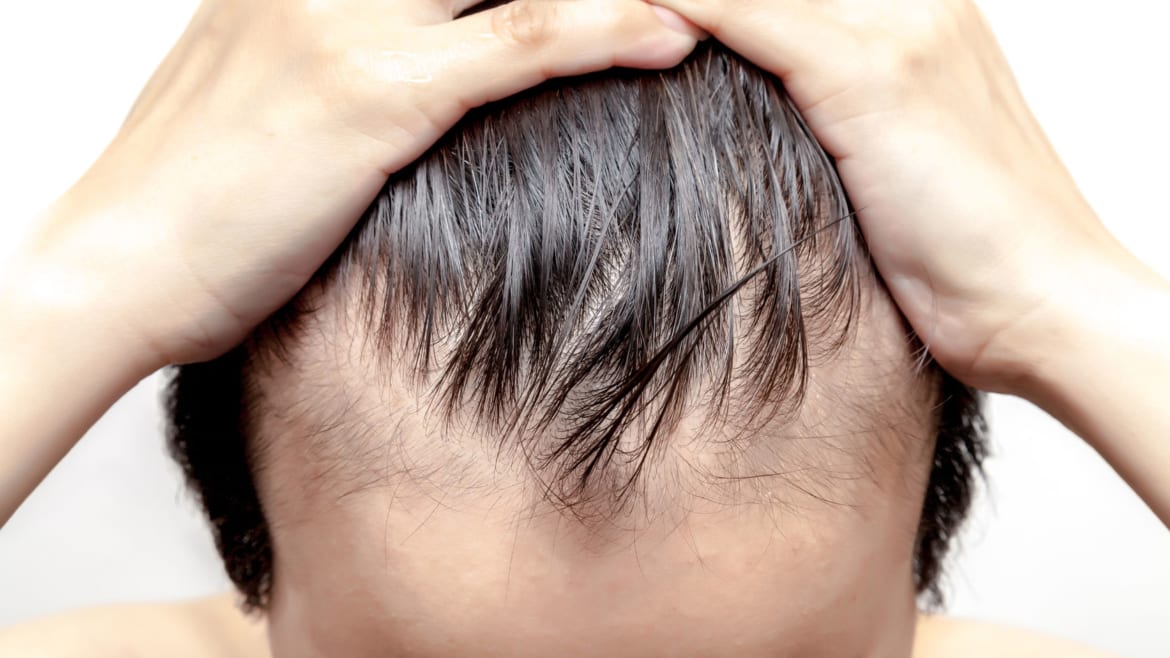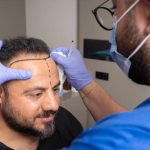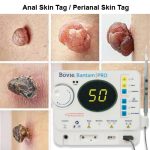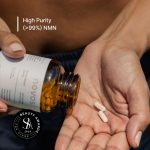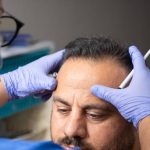Table of Contents
Best Treatment for Hair Loss
Discovering that your hair is thinning can cause sleepless nights for both men and women. But, instead of agonizing over the problem and delay in treatment, you can lose even more hair. It would be best if you began looking for ways to arrest alopecia before it’s too late. Men and women have searched for remedies for hair loss and baldness for centuries.
From exotic hair oils to modern tonics and hair vitamins, lifestyle changes to prescription drugs, from wigs to hair transplants and laser treatments, today’s men and women have a wide array of options to explore in their search for a full head of hair. Before you embark on your path to regaining your crowning glory, here’s the lowdown on some hair loss treatments available to us.
Traditional remedies
Traditional remedies like oils have been in vogue for centuries now. Incidentally, a clinical study a couple of years ago discovered that rosemary leaf extract boosted hair regrowth in rodents like mice. While efforts are on to scientifically harness traditional hair growth products in the fight against hair loss, some evergreen remedies for growing back hair include oils like olive oil, castor oil and coconut oil.
Peppermint oil, hibiscus oil and onion juice are other popular remedies for combating hair loss. These oils are usually applied or massaged into the scalp and are believed to nourish the skin and follicles. Apart from oils, you can also consume green tea, which is rich in antioxidants.
Looking at hair loss from a holistic perspective, reducing stress is also considered necessary, especially if you’re interested in your hair growth. So stop worrying and focus your activities around relaxing activities like yoga, music, painting or meditation. Alongside, you can also consume hair growth vitamin supplements as well.
Prescription drugs and OTC medicines
Minoxidil was initially tested for other health issues. Still, when it was discovered that it could raise the hair on bald heads, Minoxidil became the pharmaceutical industry’s gift to bald men. It’s a topical application applied to bald head areas in liquid form or as foam. However, you may have to wait for as long as a year to reap the benefits. This is because effects last as long as you keep applying for the medicine.
Finasteride is another pharmaceutical formulation for tackling male baldness and hair loss problems. Available as a prescription drug, you need to take a pill every day.
But remember that these medications should be taken under medical supervision as they could react with other medicines you may be taking. They could even give side effects depending upon your physiology.
Hair Transplants
In recent years, several hair transplant procedures have taken the hair regrowth market by storm. Chief among the hair transplant procedure is…
Follicular Unit Extraction is a hair transplantation technique that involves harvesting hair-rich skin from those areas of the scalp that are rich in hair follicles. When hair follicles are harvested from the skin and transplanted in the bald spots, hair begins to regrow in these hair-loss regions too.
In the follicular unit extraction technique, hair follicles are directly harvested or extracted from the scalp and transplanted in the target scalp areas. While hair transplants give fast results, they can be expensive and painful as surgical methods are employed. In addition, the risk of scarring and infection also exists in these procedures.
Laser treatments
Recently laser treatments, as a baldness cure, have captured the public imagination. For starters, laser hair treatments are a speedy and relatively painless way to promote hair growth and tackle hair loss problems.
Low-intensity lasers are targeted at the problem areas to rejuvenate the tissues and follicles. The reinfused vigour caused by the free flow of blood supply to the affected regions boosts hair growth. Since it is a non-invasive technique, laser hair treatment is painless. The only side effects you could experience are redness, soreness and puffiness in the targeted areas.
Scalp Micropigmentation
Scalp micropigmentation has grown in popularity over the past 20 years. It is a cosmetic procedure, often called a hair tattoo, that mimics the look of real hair stubble. The process involves placing tiny dots of specialized ink into the scalp with a tiny tattoo needle. The results look very realistic, even at close range. However, since this is not a regulated industry, choosing an experienced, skilled SMP artist is very important to achieve the realistic results one is looking for.
Modern hair loss treatments
Today we also have access to several new techniques, such as Platelet Rich Plasma therapy or PRP treatment and Advanced Adipose-derived Cell Protein Extracts (AAPE) that help treat hair fall and hair loss problems. In PRP, your scalp is injected with your own centrifuged blood. But if using your blood for a PRP injection doesn’t appeal to you, consider AAPE hair care serum, a non-invasive, highly effective hair regeneration therapy.
AAPE is safer, simpler, neater, needleless, and pain-free. No blood drawing like PRP is necessary. No anesthesia is required for AAPE either. PRP, at its best, has 10-15 growth factors; however, AAPE has over 150.
With 500,000 satisfied AAPE customers to its credit worldwide, AAPE is growing in popularity with every passing day. However, if you have already undergone a PRP for hair loss, you can still go in for AAPE therapy.
AAPE sessions can still benefit those who have already undergone PRP for hair loss, as our convenient Hair Loss Clinics are located in the GTA. Toronto’s Hair Loss Clinic has locations in Toronto, Toronto Midtown and Richmond Hill. Please upload your scalp photos for one of our hair specialists to see if you are a good candidate for our AAPE therapy. You can also book an appointment by calling us at 647-492-9093.
Comments are closed.
